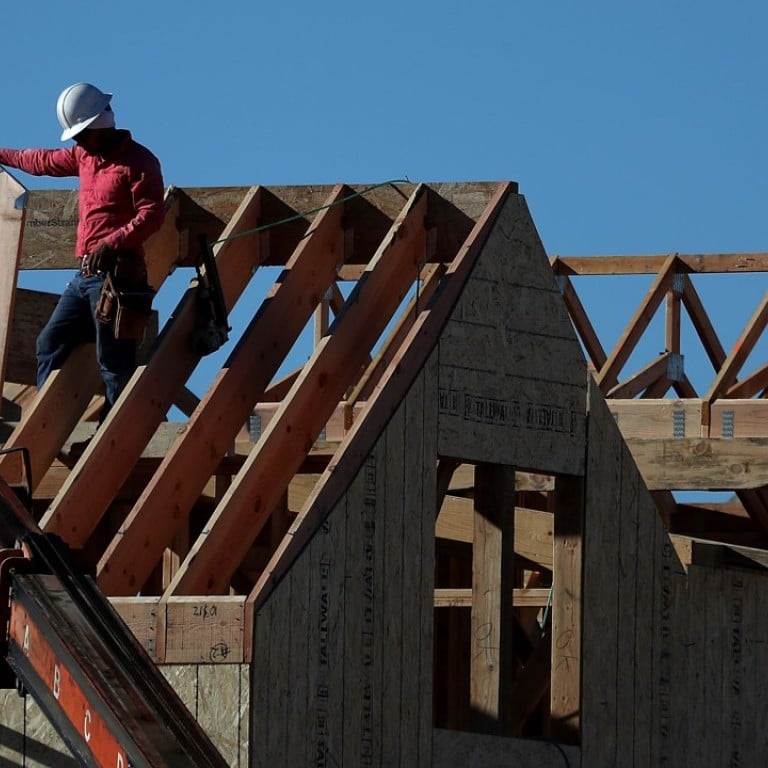
US housing starts fall more than expected while permits are steady
December’s decline in starts suggests that November’s rise was more of a temporary spike than an increase in the underlying pace of growth
Groundbreaking on new US homes eased from the fastest pace in 13 months while permits held steady to finish the strongest year for housing construction in a decade, government figures showed on Thursday.
Highlights of housing starts (December)
Residential starts fell 8.2 per cent to a 1.19 million annualised rate (against an estimated 1.28 million units) after a 1.3 million pace in the prior month; it is the biggest drop since November 2016.
Single-family home starts fell 11.8 per cent to 836,000 units; multifamily rose 1.4 per cent to 356,000 units.
Permits, a proxy for future construction of all types of homes, fell 0.1 per cent to 1.302 million rate (against an estimated 1.29 million) from a 1.3 million pace.
Applications to build single-family homes rose to an 881,000 annual rate, the fastest since August 2007, from 865,000 units.
Key takeaways
The decline in starts suggests that November’s jump in home construction was more of a temporary spike than an increase in the underlying pace of growth. It could also reflect weather effects.
At the same time, annual totals for permits, starts and completions were all the highest since 2007. A separate report last Wednesday showed home builders’ confidence in January at the second-highest level since 2005. More construction would help ease an inventory crunch that the National Association of Realtors have flagged as an impediment to more sales.
The level of permits indicates construction should pick up, putting further pressure on the labour market, where builders are already facing a smaller pool of skilled workers. At the same time, last month’s tax-cut legislation that curbed deductions for mortgage interest and property taxes could weigh on housing in some states.
The latest results also indicate the contribution of residential construction spending to fourth-quarter growth may be smaller than previously anticipated.
What our economists say
Despite a sharp correction, housing starts are back to pre-hurricane levels and the December reading is just a bit shy of the cyclical peak. Therefore, while the 8.2 per cent drop in the month looks dramatic, it is just nothing more than a sign of normalisation after a surge in October-November. Housing starts and permits data were roiled by hurricanes and post-storm rebuilding in recent months. Bloomberg Economics projects a solid rebound in residential investment in the fourth quarter of 2017 following a decline in the third quarter.
Other details
All four regions posted a monthly decline in starts, led by a 14.2 per cent drop in South, 4.3 per cent in Northeast.
Report shows wide margin of error, with a 90 per cent chance that the December figure was between a 15.9 per cent and 0.5 per cent drop.
Report released jointly by the Census Bureau and Department of Housing and Urban Development in Washington.

